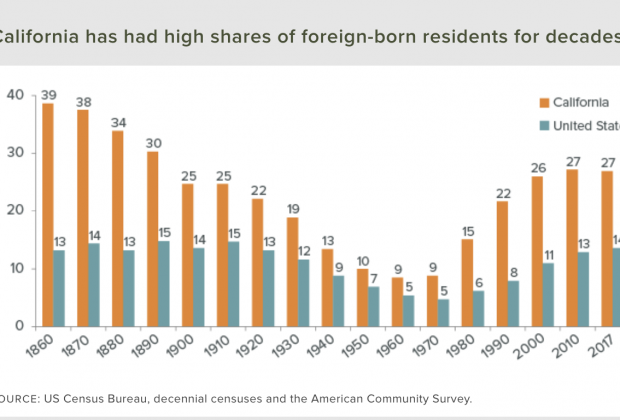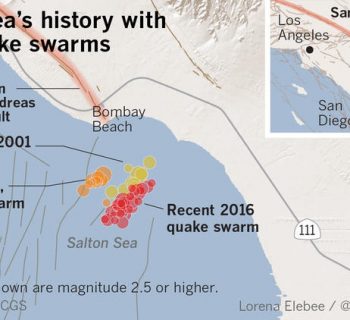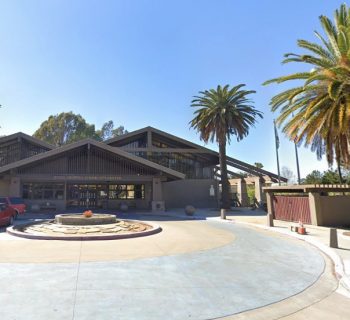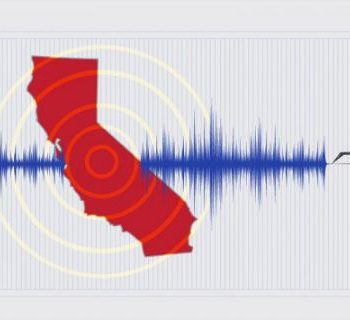By: Public Policy Institute of California (PPIC) - May 2019
California has more immigrants than any other state.
California is home to almost 11 million immigrants—about a quarter of the foreign-born population nationwide. In 2017, the most current year of data, 27% of California’s population was foreign born, more than double the percentage in the rest of the country. Foreign-born residents represented at least one-third of the population in five California counties: Santa Clara (39%), San Francisco (36%), San Mateo (35%), Los Angeles (34%), and Alameda (33%). Half of California children have at least one immigrant parent.
Most immigrants in California are documented residents.
More than half (52%) of California’s immigrants are naturalized US citizens, and another 34% have some other legal status (including green cards and visas). According to the Center for Migration Studies, only about 14% of immigrants in California are undocumented. From 2010 to 2017, the number of undocumented immigrants in the state declined from 2.0 million to 1.5 million.
After decades of rapid growth, the number of immigrants has leveled off.
In the 1990s, California’s immigrant population grew by 37% (2.4 million). But in the first decade of the 2000s, growth slowed to 15% (1.3 million), and in the past 10 years, the increase was only 6% (about 600,000). The decline in international immigration has contributed to the slowdown of California’s overall population growth.
The majority of recent arrivals are from Asia.
The vast majority of California’s immigrants were born in Latin America (50%) or Asia (40%). California has sizable populations of immigrants from dozens of countries; the leading countries of origin are Mexico (4.1 million), China (969,000), the Philippines (857,000), Vietnam (524,000), and India (507,000). However, most (56%) of those arriving between 2010 and 2017 came from Asia; only 29% came from Latin America.
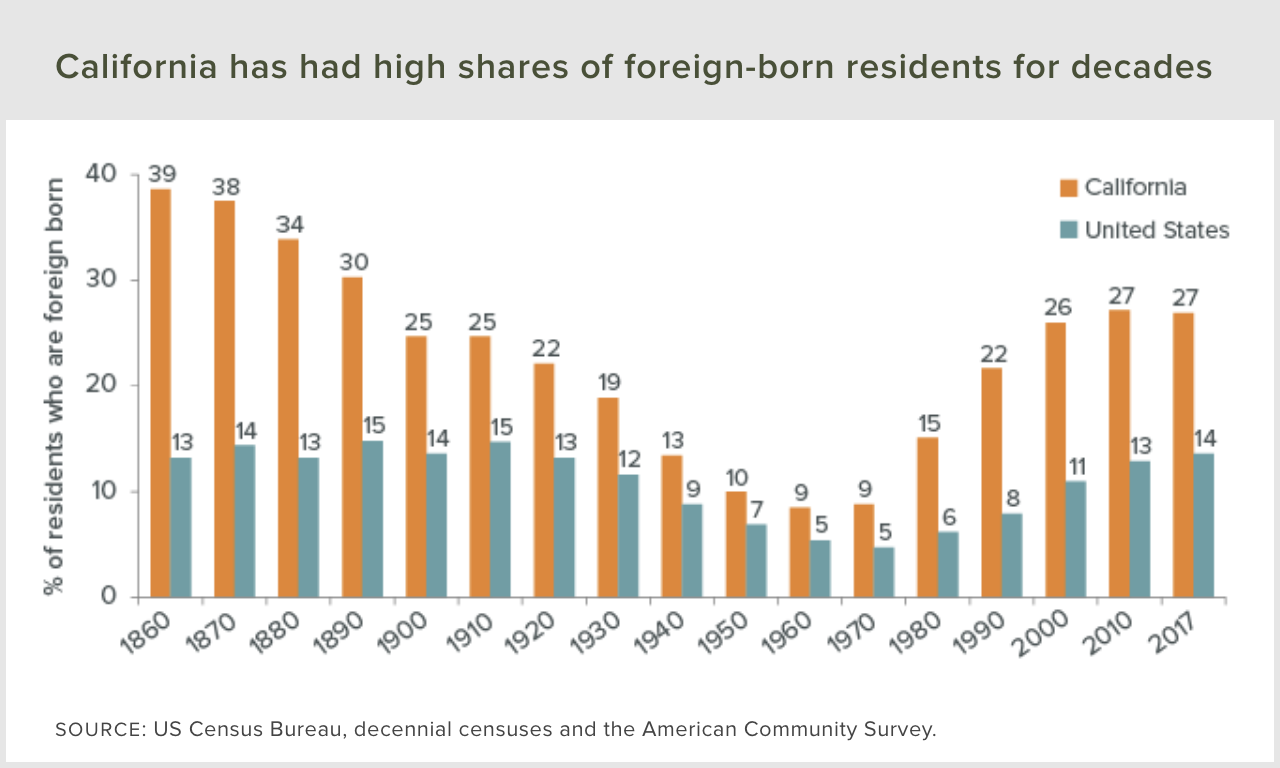
Asia has surpassed Latin America as the leading source of recent immigrants to California
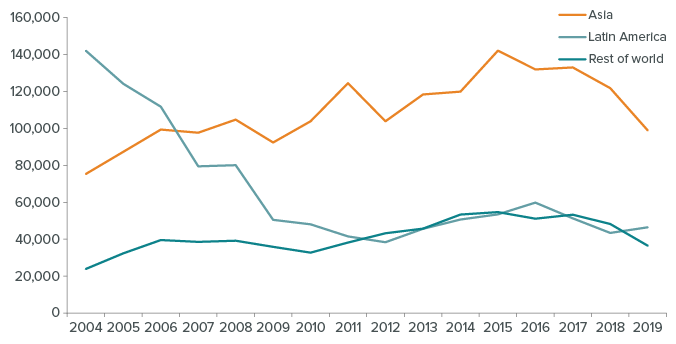
SOURCE: American Community Survey.
NOTE: New arrivals are based on the place of residence one year prior to the survey (excluding US-born citizens).
Most of California’s immigrants speak English.
Most immigrants in the state are bilingual. More than two-thirds (69%) report speaking English proficiently, while only 10% of immigrants speak no English. Even among recently arrived immigrants, those in the United States for five years or less, 67% report proficiency in English. At home, most immigrants speak a language other than English, with Spanish and Chinese (including Mandarin and Cantonese) being the most common.
California’s immigrants have both very low and very high levels of education.
In 2017, foreign-born residents accounted for 71% of Californians age 25 and older without a high school diploma and 31% of college-educated residents. But recent immigrants and immigrants from Asia tend to have very high levels of educational attainment. About half (48%) of foreign-born residents who have come to the state since 2010—and 58% of those who have come from Asia—have at least a bachelor’s degree. Overall, 34% of California’s immigrants have not completed high school, compared with 8% of US-born California residents. Twenty-nine percent of California’s foreign-born residents have attained at least a bachelor’s degree, compared to 36% of US-born residents.
Californians have positive views of immigrants.
Nearly three in four Californians (72%) believe immigrants are a benefit to the state because of their hard work and job skills, compared to only 23% who believe they are a burden. An even larger share (84%) believe there should be a way for undocumented immigrants to stay in the country legally, and a majority (58%) favor state and local governments making their own policies and taking actions, separate from the federal government, to protect the legal rights of undocumented immigrants in California.
Sources: American Community Survey and decennial census data from the US Census Bureau and IPUMS; Ruggles et al., Integrated Public Use Microdata Series: Version 6.0 (University of Minnesota, 2015); State-Level Unauthorized Population and Eligible-to-Naturalize Estimates (Center for Migration Studies, 2016); Baldassare et al., PPIC Statewide Survey: Californians and Their Government (PPIC, December 2018).

